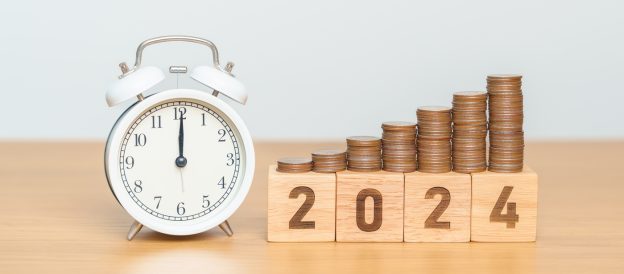
The chancellor Rachel Reeves has recently announced that the capital gains tax rate paid by basic-rate taxpayers will be raised from 10% to 18%, while higher-rate taxpayers will see an increase from 20% to 24%.
Taking effect immediately the adjustments will bring the CGT rates in line with those applied to the sale of residential property.
Capital gains tax rates relating to property sales haven’t been changed which is positive news for any buy to let landlords who are looking to sell and, the current yearly capital gains allowance remains at £3,000 per individual.
CGT is a tax that is levied on the profits earned from the sale of an asset. Operated and collected by HMRC CGT is calculated based on the difference between the selling price and the original purchase price of the asset after taking into account any “allowable expenses”.
It is an important aspect of taxation and is applicable to various types of assets including shares, investment property and personal property.
Capital gains tax is considered to be a form of income tax and is an important source of revenue for the government.
An example being the 2022-2023 tax year where HM Revenue & Customs (HMRC) collected over £14 billion from 360,000 income tax paying individuals.
We reported on the speculation around capital gains tax rates in September with tax experts and wealth managers experiencing growing activity from shareholders, property investors and business owners looking to avoid paying capital gains tax at a higher rate.
The key capital gains tax changes in list form are:
- The primary rates of capital gains tax, which are applicable to assets other than residential property and carried interest, will be changed from 10% and 20% to 18% and 24% respectively for disposals made on or after 30 October 2024.
- The rate of capital gains tax for Business Asset Disposal Relief (BADR) will be raised to 14% for disposals made on or after 6 April 2025, and from 14% to 18% for disposals made on or after 6 April 2026.
- Investors relief increased to 14% for disposals made on or after 6 April 2025, and up to 18% for disposals made on or after 6 April 2026. From 30 October 2024 the lifetime limit for investors’ relief was reduced from £10mn to £1mn bringing it in line with the BADR limit.
- For trustees and personal representatives, the main rate of capital gains tax will increase from 20% to 24% for disposals made on or after 30 October 2024.
What is the capital gains tax allowance?
The yearly CGT allowance of £3,000 remains unchanged which is reasonable considering it has been reduced from £6,000 in 2023/2024 tax year and a further decrease from £12,300 in 2022/2023.
This does not leave much room for manoeuvre before being subject to CGT. Any qualifying profits exceeding this amount in a given tax year will be subject to CGT.
HMRC gives you further information on how to work out a gain for CGT purposes on .GOV for different scenarios including the sale of personal possessions, selling shares and qualifying property sales.
The CGT allowance continues to reset every April 6th with the start of a new tax year so don’t expect to be able to carry forward any unused CGT allowance.
HMRC reference: https://www.gov.uk/government/publications/changes-to-the-rates-of-capital-gains-tax







